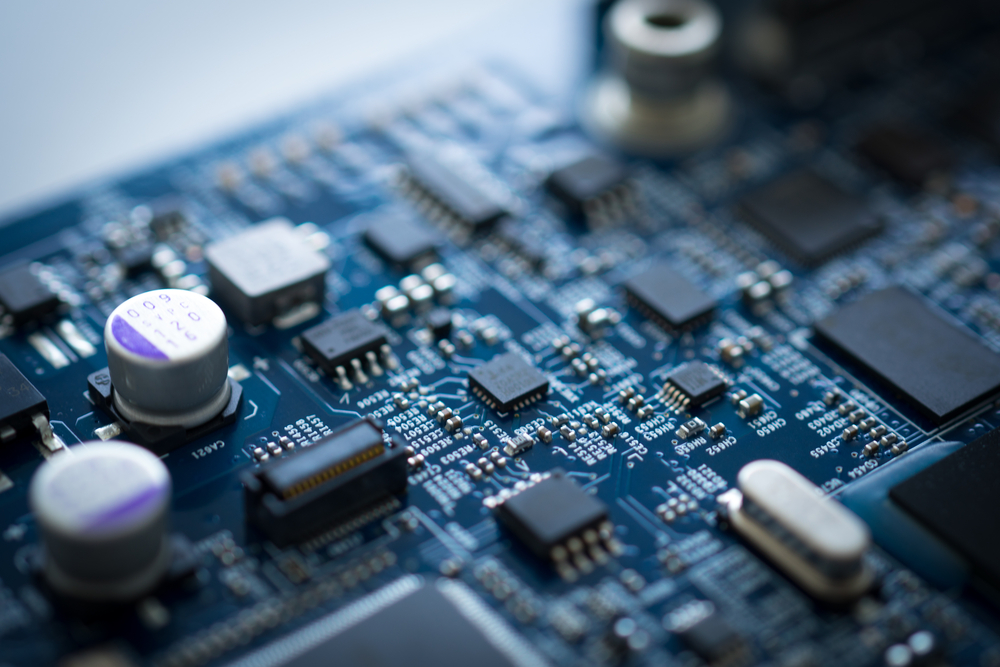
2024.04.24
Skills shortage and conflicts are putting pressure on Swedish electronics companies
Read the full report here
The trend towards increased digitalization and electrification has had its impact on Swedish industry.
The country's electronics companies have had a high rate of development over the past ten years. Between 2013
and in 2022, the average annual growth rate in the electronics industry was about 10 percent.
In 2022, growth rose to 30 percent.
The figures are based on a financial analysis of 3,200 companies that Smarter Electronic Systems has
done with the help of HandelsConsulting. The analysis has been deepened through a survey
among 241 companies and in-depth interviews with 14 companies. The results show that the industry today stands
facing several challenges.
– The most recurring concern is about companies' skills supply. Sweden has an urgent need for more trained electronics engineers. It is a serious challenge that permeates the entire electronics industry, says Olle Hulteberg, Chairman of the Board of Smarter Electronics Systems.
In addition to the skills shortage, the troubled world around us is making an impact on the electronics industry.
Over half of the companies surveyed import at least 81 percent of their raw materials and
components. This makes the business sensitive to geopolitical disruptions, such as
Russia's invasion of Ukraine or China's actions against Taiwan.
At the same time, the security situation brings new business opportunities for the industry. Several
companies in the survey emphasize that an increased demand for cybersecurity and advanced
Defense technology can strengthen domestic production.
– Sweden has a strong defense industry and NATO membership will likely move
forward positions. The security situation is a double-edged sword that shakes global value chains
but can also strengthen parts of the Swedish electronics industry.
In addition to the growing defense industry, the companies surveyed point to other trends such as
is expected to drive developments in electronics. The environmental and climate crisis is increasing demand for
recyclable products and the pressure on welfare are increasing the demand for new medical technology.
This in turn strengthens the demands for highly specialized employees.
Smarter Electronic Systems calls for clearer investments from politics to attract more
young people to train as engineers. In addition, the innovation program works to
contribute to raising competence in the electronics industry.
– Within the framework of the innovation program, we can facilitate the further training of existing
employees and strengthen knowledge in the value chain. This could, for example, involve
coordinate common arenas for education, where electronics companies and researchers can exchange
competence, concludes Olle Hulteberg.
